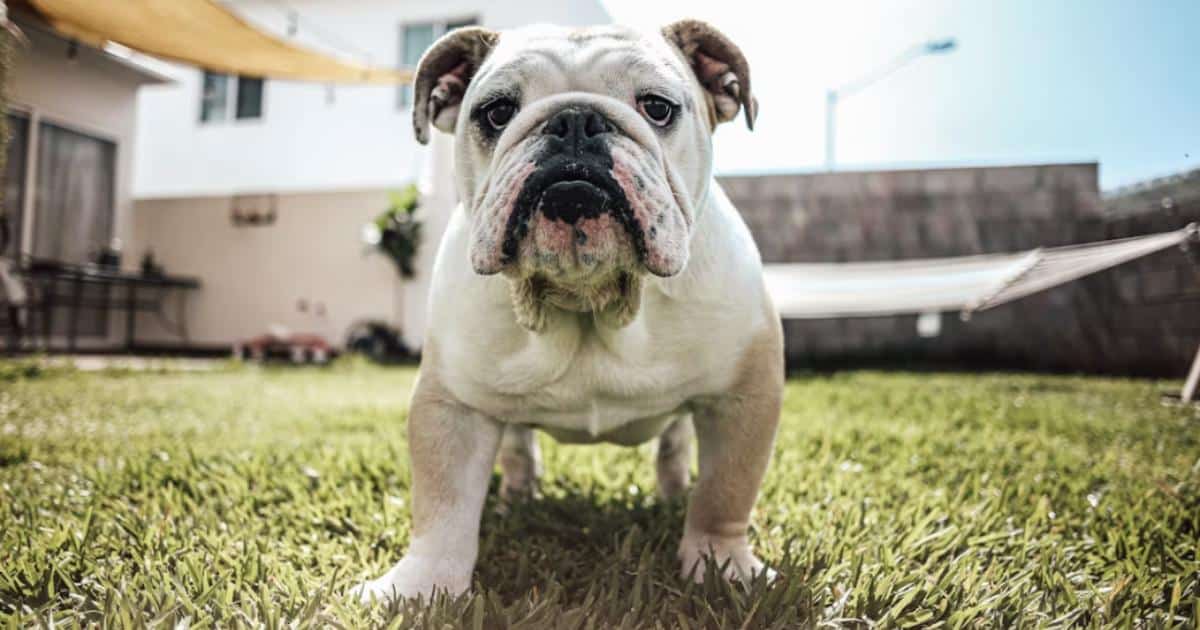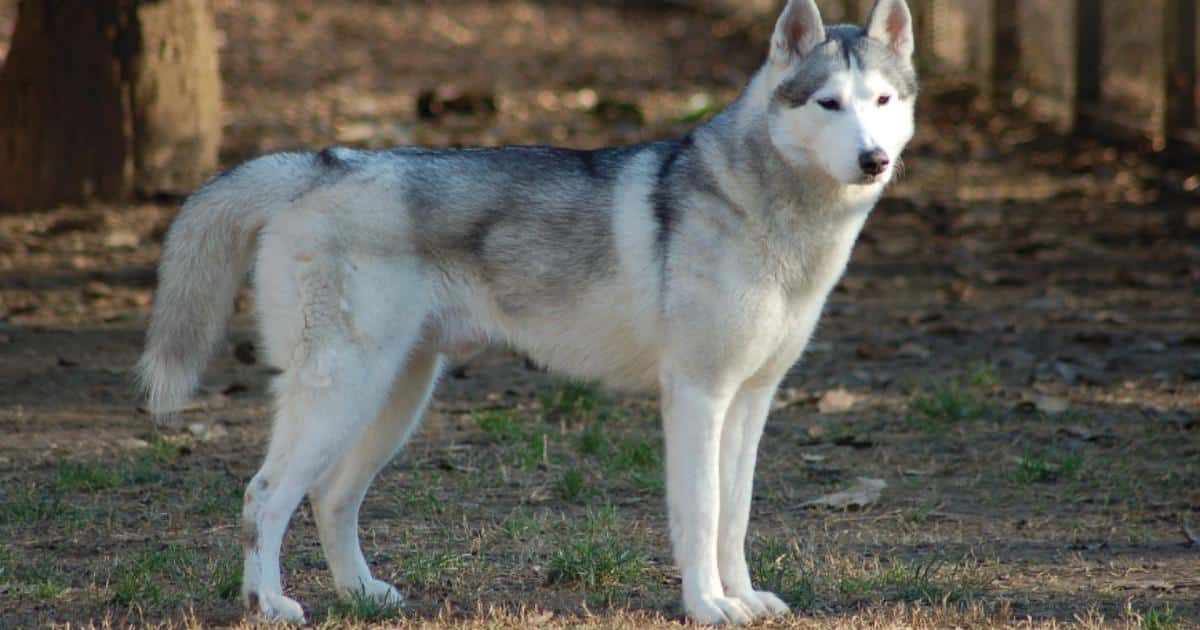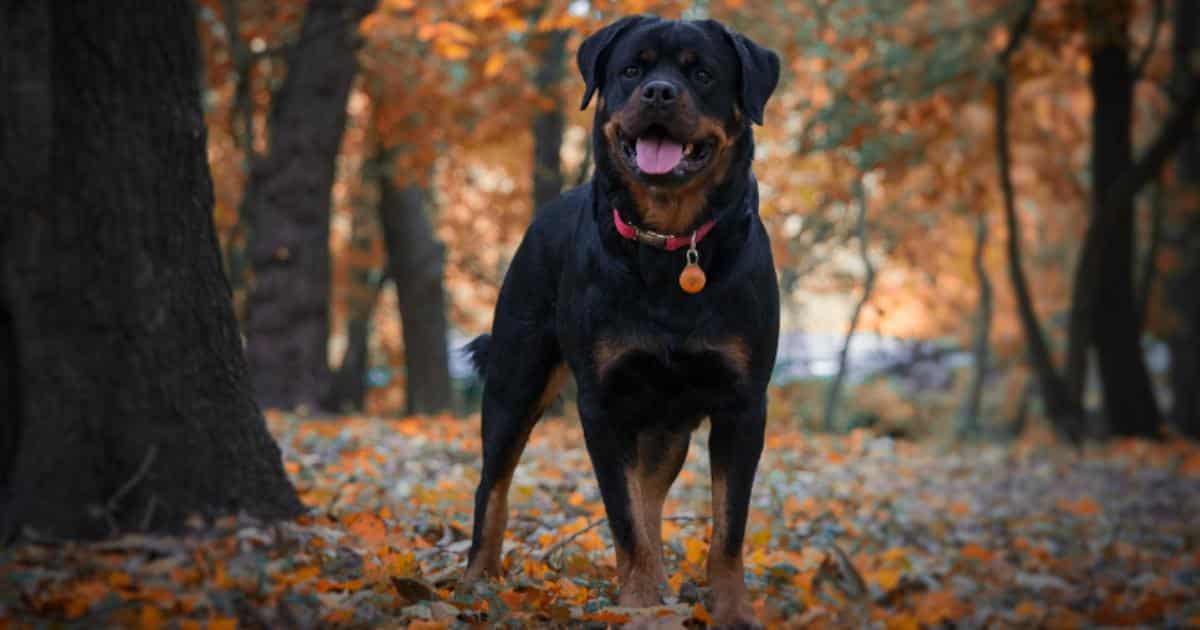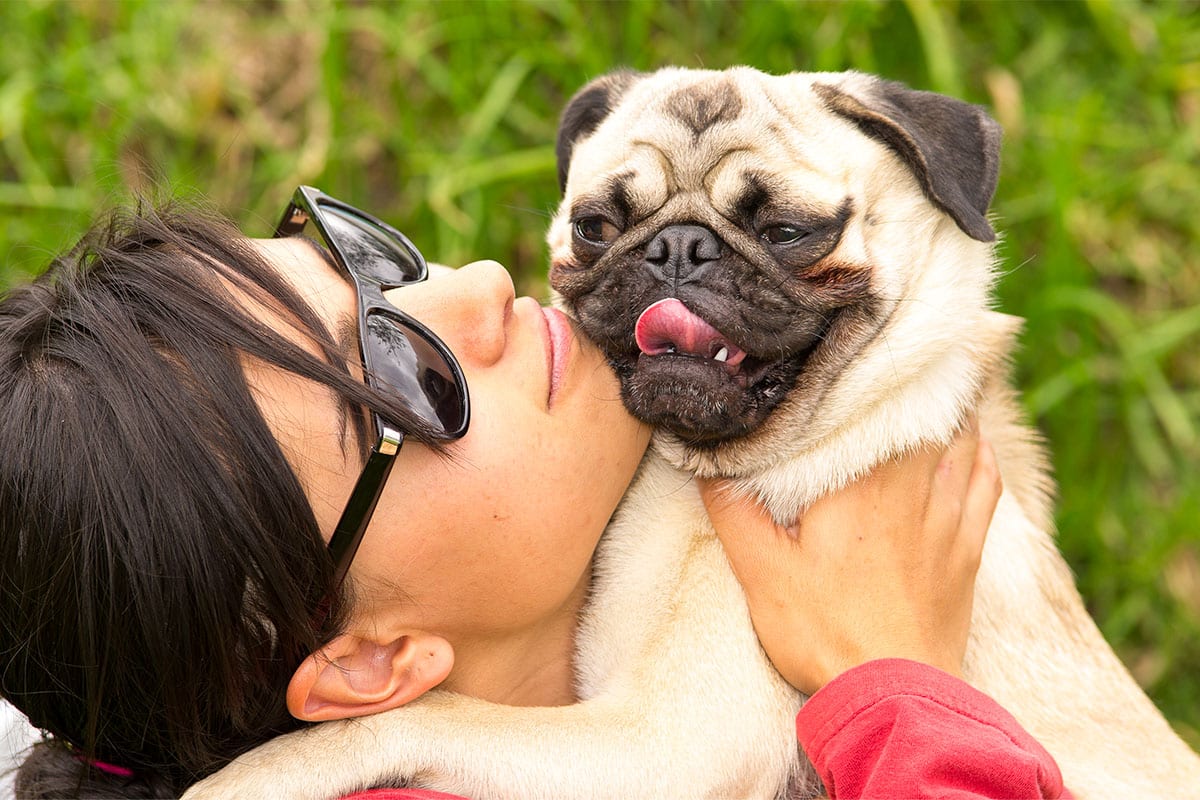Every dog is an individual—but some breeds come with traits that might make family life trickier, especially with small kids or chaotic households.
This isn’t about shaming breeds. It’s about making smart, informed choices for your unique family.
High-Drive Working Breeds
Examples: Border Collies, Belgian Malinois, Australian Shepherds
These dogs are brilliant and intense—bred to herd, guard, or work for hours on end.
- They can get bored and destructive fast.
- Their herding instincts may lead to nipping or chasing kids.
- They need constant mental stimulation and purpose.
💬 “Unless your family is super active and experienced with dogs, these breeds can be overwhelming.”
Giant Breeds (With Caveats)
Examples: Great Danes, Mastiffs, Saint Bernards
Their calm nature is a plus, but size matters:
- Accidental knocks or tail swipes can bowl over little kids.
- Feeding and medical costs are higher.
- Shorter lifespans can be hard on young families.
💡 Pro Tip: If you’ve got older kids and space to spare, these gentle giants can be lovely companions.
Protective or Guard-Oriented Breeds
Examples: Chow Chows, Akitas, some Bulldogs
Protective instincts can lead to territorial behavior, especially around unfamiliar children or guests.
- Early socialization is essential.
- These breeds often bond tightly to one person.
- May be slow to tolerate the unpredictability of kid life.
🩺 Vet Tip: Discuss your home environment and experience level with your vet or breeder before adopting.
Super-Stubborn or Independent Dogs
Examples: Afghan Hounds, Shiba Inus, Basenjis
These breeds are beautiful—but notoriously cat-like in their independence.
- Training can be frustrating for beginners.
- Not fans of loud noise, unpredictable behavior, or rough cuddles.
- May not respond well to group-family dynamics.
💬 “If you want a dog who lives to please, these guys probably aren’t your match.”



















 English (US) ·
English (US) ·